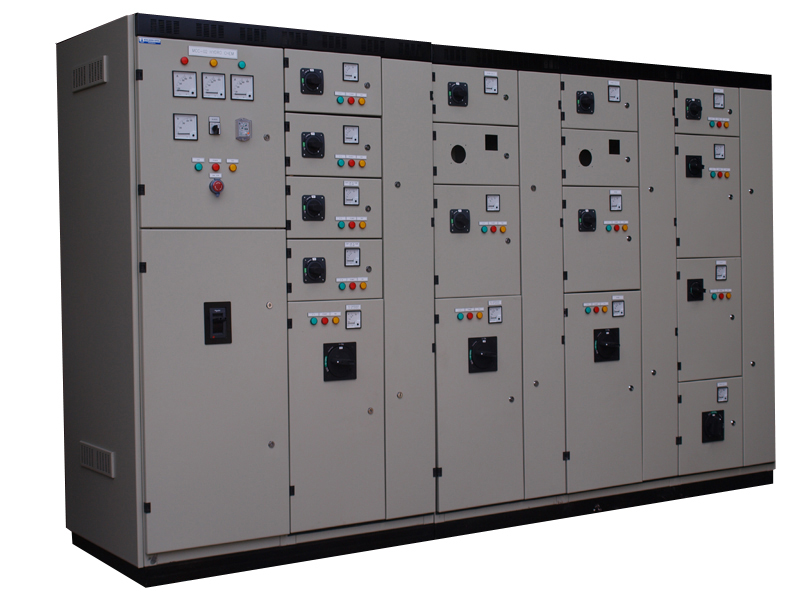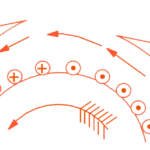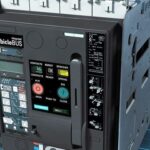The Motor Control Centre is used in general to describe combinations of enclosures, busbars, circuit breakers, power contactors, power fuses, protective relays, controls and indicating devices.
Read more about switchgear here What is Switchgear? | Features, Components and Classification
The standards used in Europe often refer to IEC60050 for definitions of general terms. Particular IEC standards tend to give additional definitions that relate to the equipment being described.

Example:
- IEC60439 and IEC60947 for low voltage equipment,
- IEC60056, IEC60298 and IEC60694 for high voltage equipment. An earlier standard IEC60277 has been withdrawn.
These standards tend to prefer the general terms ‘switchgear’ and ‘controlgear’. Controlgear may be used in the same context as ‘motor control centres’ which is a more popular and specific term used in the oil industry.
In general switchgear may be more closely associated with switchboards that contain circuit breaker or contactor cubicles for power distribution to other switchboards and motor control centres, and which receive their power from generators or incoming lines or cables.
Motor control centres tend to be assemblies that contain outgoing cubicles specifically for supplying and controlling power to motors.
 |
| Motor Control Center Panels |
However, motor control centres may contain outgoing cubicles for interconnection to other switchboards or motor control centres, and circuit breakers for their incomers and busbar sectioning.
Switchboards may be a combination of switchgear and motor control centres. For example a main high voltage switchboard for an offshore platform will have switchgear for the generators, busbar sectioning and outgoing transformer feeders. It will have motor control centre cubicles for the high voltage motors.
IEC60439 applies to low voltage equipment that is described as ‘factory built assemblies’, or FBAs, of switchgear and controlgear.
Switchgear tends to be operated infrequently, whereas motor control centres operate frequently as required by the process that uses the motor.
Apart from the incomers and busbar section circuit breakers, the motor control centres are designed with contactors and fuses (or some types of moulded case circuit breakers in low voltage equipment) that will interrupt fault currents within a fraction of a cycle of AC current.
Circuit breakers need several cycles of fault current to flow before interruption is complete. Consequently the components within a circuit breaker must withstand the higher forces and heat produced when several complete cycles of fault current flow.
Switchgear is available up to at least 400 kV, whereas motor control centres are only designed for voltages up to approximately 15 kV because this is the normal limit for high voltage motors.






